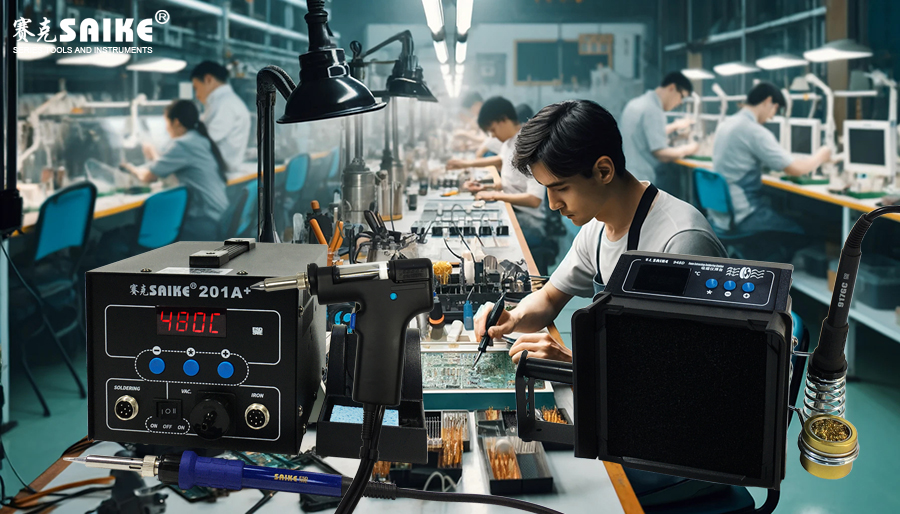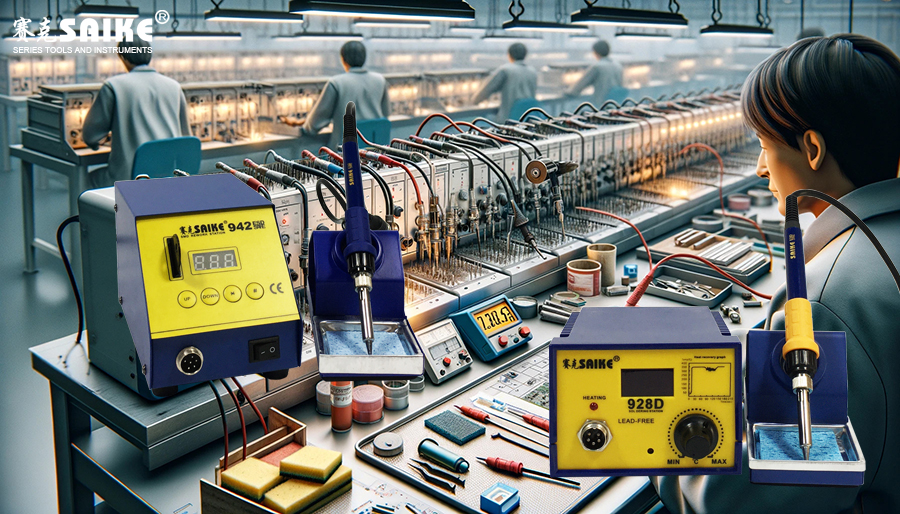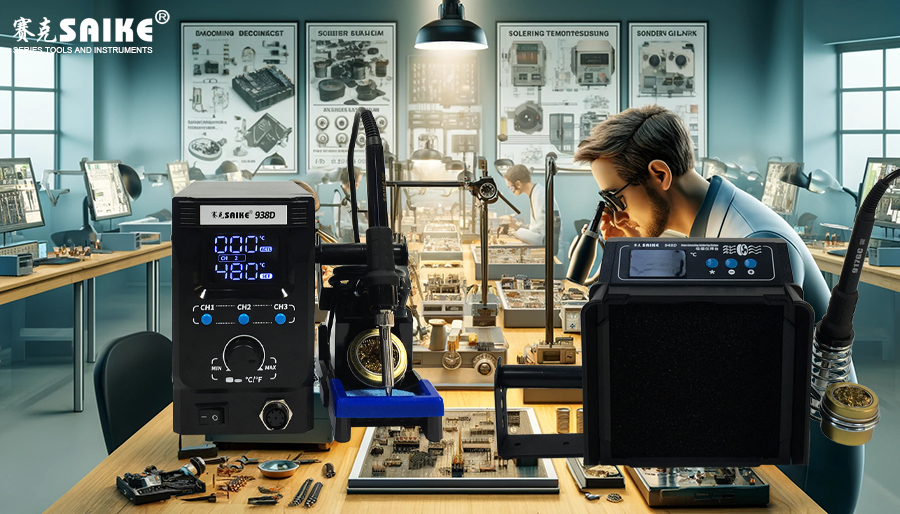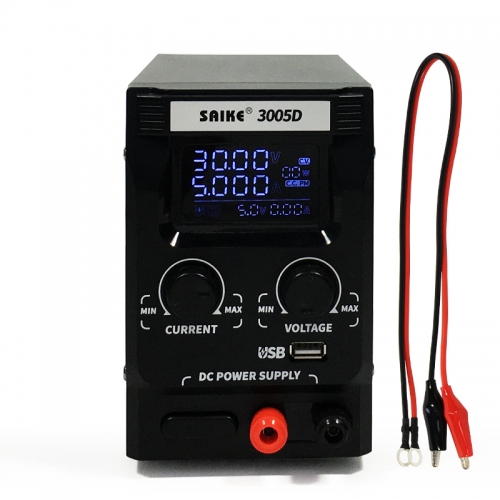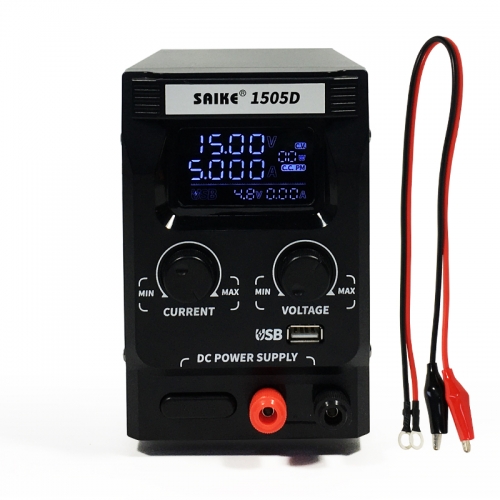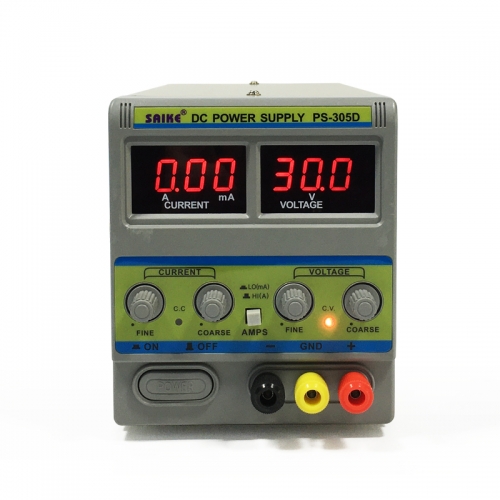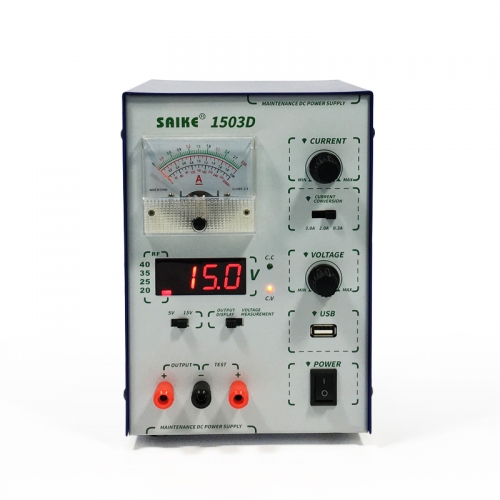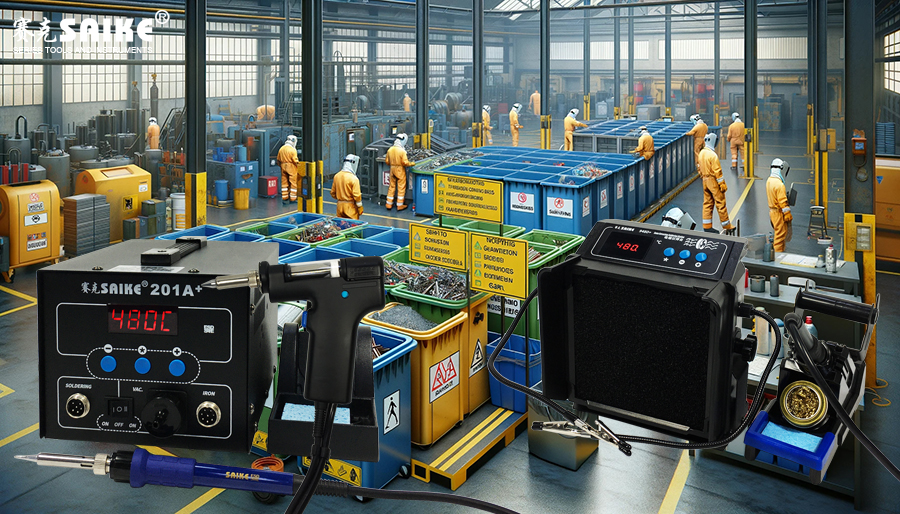
Welding operations not only require technical precision, safety, and reliability but also demand environmental awareness, especially when dealing with waste generated during the welding process. As a widely used technique, welding at welding stations produces various types of waste, including harmful chemicals. Proper classification and disposal of this waste are crucial for protecting the environment and human health. This article explores the classification and disposal methods of welding waste from welding stations and provides practical management suggestions.
I. Classification of Welding Waste
Welding waste can generally be categorized into the following types:
- Welding Slag and Residuals
- Used Welding Rods and Wires
- Used Protective Equipment and Cleaning Cloths
- Chemical Waste
II. Disposal Methods for Welding Waste
- Reduction
- Recycling and Reuse
- Compliant Disposal
III. Conclusion
The proper classification and disposal of welding waste from welding stations not only meet environmental requirements but also reflect corporate social responsibility. By implementing reduction strategies, promoting resource recycling, and ensuring compliant waste disposal, the welding industry can significantly reduce its environmental impact and contribute to achieving sustainable development goals. Reasonable management of welding waste is crucial for protecting the environment, safeguarding public health, and maintaining corporate image and legality.

